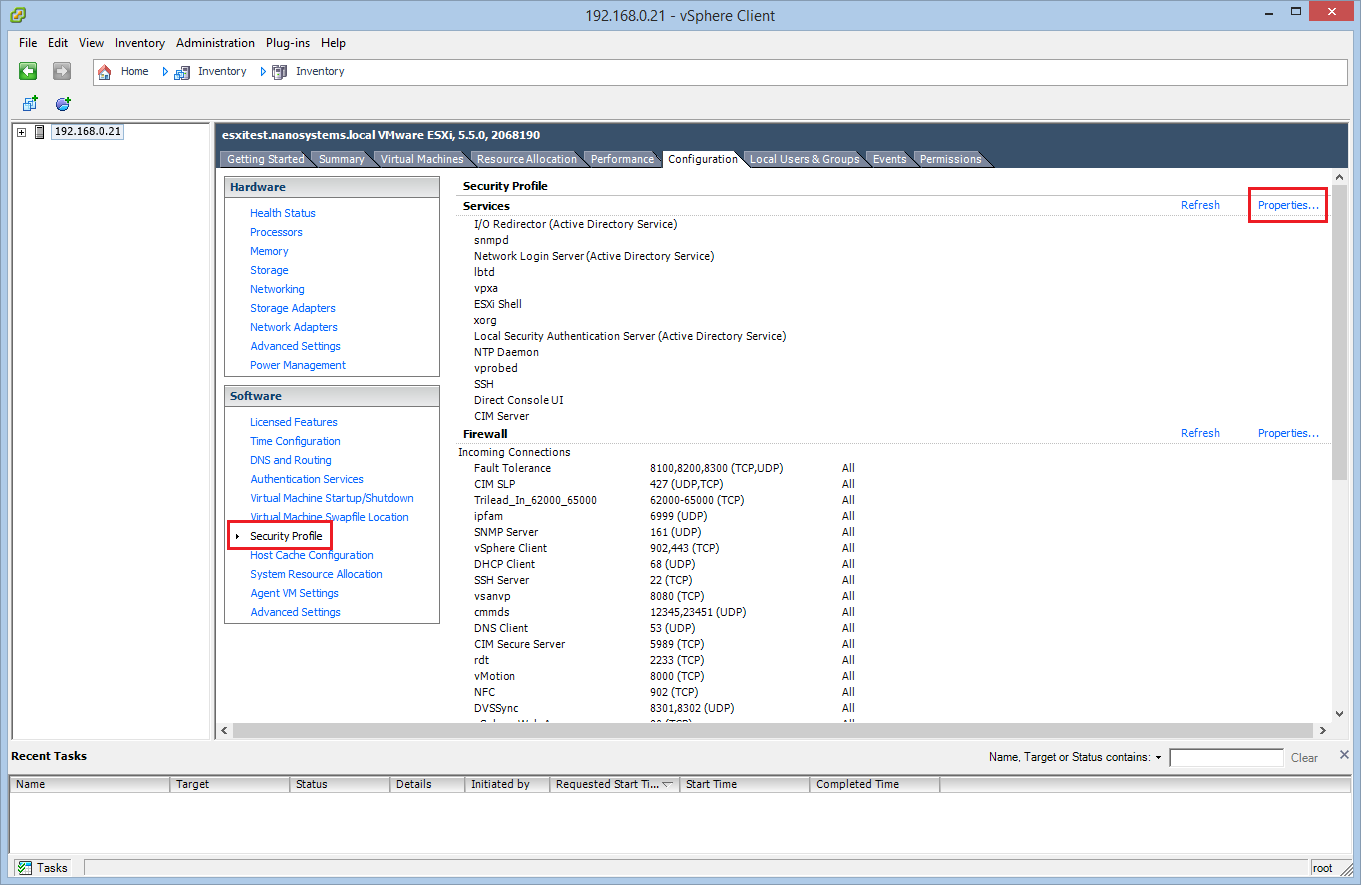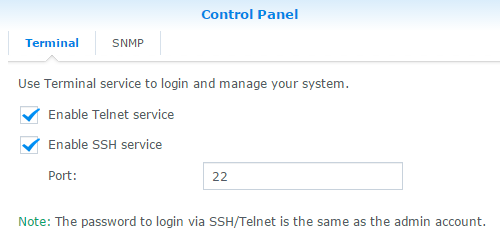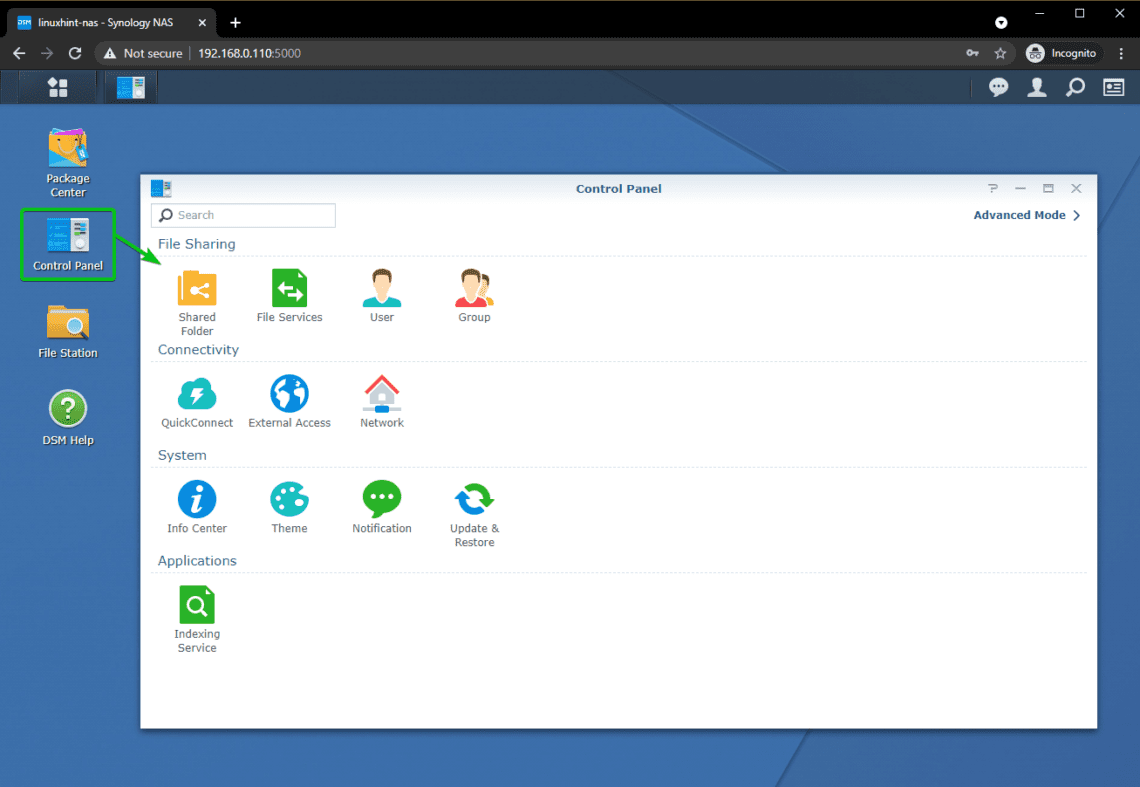
When the z-wave network goes down, I would lose all of my motion sensors which would stop lights from turning on or off. I then tried upgrading the firmware of the z-stick. However the problem came back straight away. I originally thought it was faulty, so I did a hard reset of the z-stick. I would have to unplug my z-stick and back in again to get it to work. Everything z-wave related just stops working. Unfortunately I’ve also experienced this on my Synology. A UPS for the NAS might be a good investment in the future. Remove the USB Radio from the NAS, and plug it back inĪfter performing those steps, my Home Assistant container will boot up again.I have had no issues doing this with my Aeotec Z-stick, but please be careful! Rm - rf / dev/ ttyUSB0 WARNING: That is a very dangerous command to perform. If Home Assistant still won’t start, I open up an SSH connection as root, and perform the following command.Remove the USB Radio from the NAS USB port.To fix this, I usually have to do the following steps When your Synology Diskstation reboots for any reason (you shut it down, there was a power failure), the Home Assistant Docker won’t be able to boot because the USB attached to the NAS has stopped responding. This is a frustrating issue I’m yet to solve. Home Assistant with Z-wave Radio won’t start after NAS Reboot Unless of course you’re using DSM 6, which you can use the admin account if you prefix all docker commands with sudo. Using any other account (even the admin account) just won’t work.

To perform the docker commands in this blog post, you must use the root user from SSH. Once Docker is running, you can turn your OpenVPN connection back on. Disabling the OpenVPN connection, then starting Docker should fix this. When trying to start Docker, your Diskstation will hang, and then fail to start the Docker package.

The Docker Package on Synology DSM can’t be started if you have an OpenVPN connection open. Here’s a few things I’ve noticed that may help you.ĭisable any OpenVPN Connections when starting Docker I’ve been using Home Assistant on my Synology for a few months now. The last part of the address tells the browser to connect to port 8123, which Home Assistant listens to. For example, my NAS is at 192.168.1.3, so I can access Home Assistant by going to. Once everything has been installed (it could take some time the first go around), you should be able to access Home Assistant at the IP address of your NAS. Once we run this command, Docker will begin to start downloading all the files Home Assistant needs, such as the operating system, Python, and Z-wave. Homeassistant/home-assistant Finally this tells Docker which container to lookup on DockerHub. Mkdir - p / volume1/ Shared/ docker/ homeassistant/ config If you want to use the same folder as I did above, you can create it by running Whatever you choose to use, the folder must exist before you will be able to start Home Assistant. I’ve chosen here to place it in a folder called Shared, which I can access from my local network easily. v /volume1/Shared/docker/homeassistant/config:/config Here we’re creating a folder on our NAS to keep the Home Assistant configuration files. Also import is the t, which tells Docker to tag the container for future use. If we don’t specify this, we’ll see the output from Home Assistant in our SSH console. Once Docker runs the container, our SSH session is returned to us.

This tells Docker to run in detached mode. itd This is actually three commands in the one. This is one of the flags you can’t set when using the Docker DSM UI. This will allow Sonos, Hue, Plex etc to be discovered on the network automatically. We’ll need this for network discovery to work.
ENABLE SSH SHELL SYNOLOGY FULL
We need to make sure Home Assistant has full access to our local network. net=host Another important and powerful flag. So, if you’re editing a new automation and make a YAML syntax error (which you will do), you won’t need to open up SSH again to get Home Assistant started once you fix the problem. This will tell Docker to keep trying to re-start Home Assistant if it crashes. restart=always This is a powerful and handy flag to set, especially for Home Assistant. This is useful if you use the Docker control panel from the Synology DSM, or when we need to do some commands against the container (like starting, stopping etc) name home-assistant The name flag will allow us to easily identify which container is running Home Assistant.

Docker run tells Docker to run a container with the parameters we’re parsing.


 0 kommentar(er)
0 kommentar(er)
